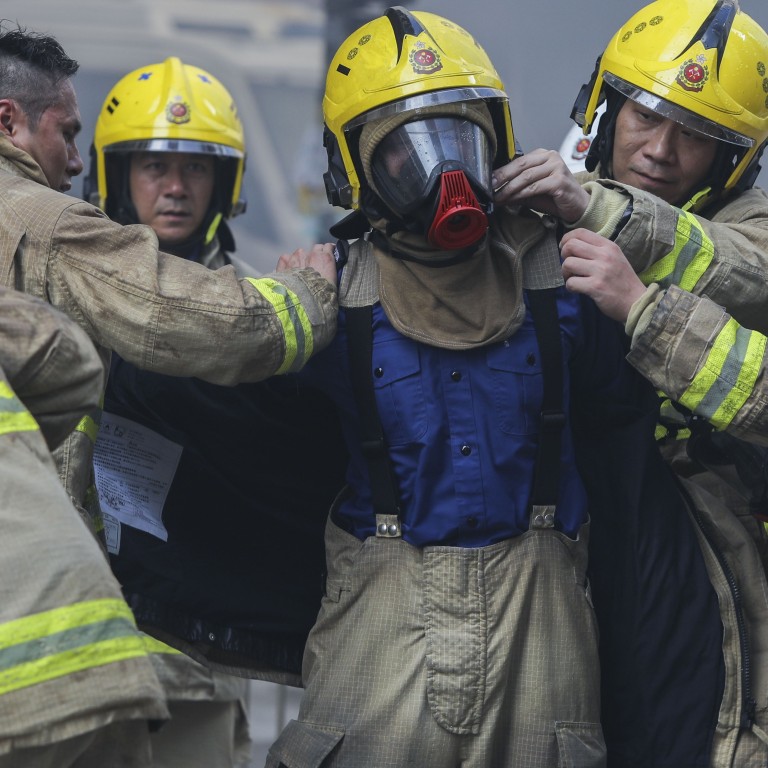
Why are Hong Kong’s firefighters so celebrated? From hellish infernos to rescue missions, city’s bravest go where they are needed
- City Weekend explores the history of the Fire Services Department and some of the biggest cases its tireless heroes have tackled over the decades
- Recent HKU survey shows firefighters are city’s most beloved disciplinary force
Last year, Hong Kong’s Fire Services Department, the most popular of the disciplinary forces in the city, marked its 150th anniversary.
According to the latest biannual University of Hong Kong Public Opinion Programme survey, firefighters scored a satisfaction rate of 82.9 per cent, topping other local agencies seven years in a row.
The police force, on the other hand, was second-last and beat only the People’s Liberation Army garrison by less than 5 percentage points.
When the department’s oddball mascot Anyone, played by an actual staff member in an all-blue faceless bodysuit, was first introduced to the public last year, it became an instant viral sensation online.
So why are Hong Kong’s firefighters so celebrated? This is because the department is not only called upon to battle hellish infernos, but also for search-and-rescue missions in times of disaster or when trekkers go missing among the city’s many hiking trails.
Hero’s send-off for fireman who died in clifftop rescue mission
In a tragic clifftop incident in March 2017, principal firefighter Yau Siu-ming died while trying to rescue two trapped hikers at Tiu Shau Ngam in Ma On Shan under poor weather. Yau was hailed as a hero, and top government officials and lawmakers gathered to pay their final respects at his funeral.
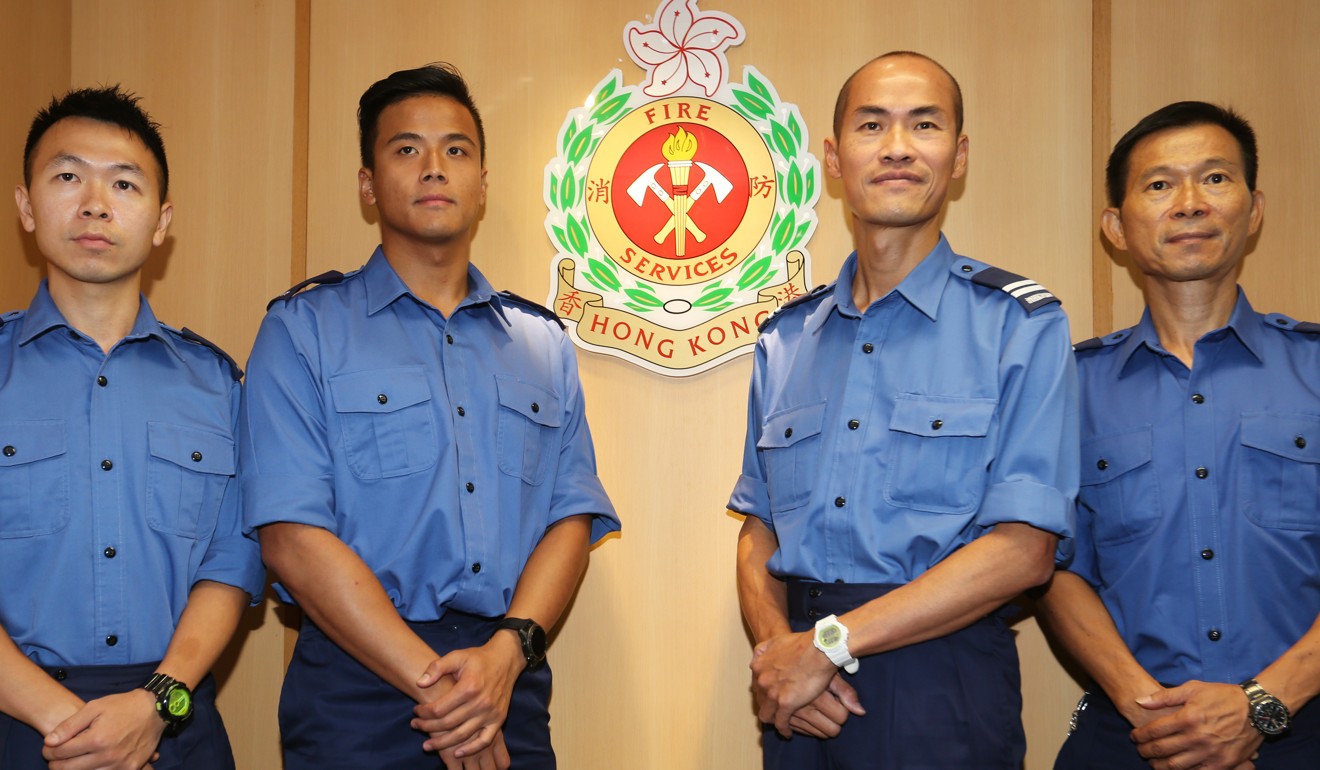
In September that year, four firefighters stayed overnight on a freezing cliff in Kowloon Peak to rescue a stranded pair of hikers during a tropical storm. Their efforts were widely praised and the apologetic hikers slammed online by many for endangering themselves and using up valuable department resources.
City Weekend delves into the storied history of Hong Kong’s beloved firefighters.
‘We go wherever people need us’: firemen recount saving Kowloon Peak hikers
How did it all begin?
On May 9, 1868, Charles May was appointed the first superintendent of the colonial Fire Brigade. Before that, the fire department had been a sector of the Hong Kong Police Force, established in 1846.
In the 1920s, the fire department expanded to 140 members from its initial 62. However, as the Japanese occupation unfolded during the second world war, the fire service was temporarily disbanded, and two of the brigade’s fire engines were sent to Tokyo to be part of the Imperial Palace Fire Unit.
Today, Hong Kong’s fire department has 9,914 uniformed officers and 736 civilian members.
The heroes of Hato: how Hong Kong firemen braved floods to rescue villagers
What is the department’s structure?
Unlike many places, Hong Kong’s fire department is not only the response team for fire-related emergencies, but also an ambulance service and public educator on safety and saving lives.
The department is divided into seven branches: three Operational Commands (Hong Kong, Kowloon, and the New Territories), the Headquarters Command, the Ambulance Command, the Fire Safety Command, and the Licensing and Certification Command.
The entire outfit is headed by Director of Fire Services Li Kin-yat.
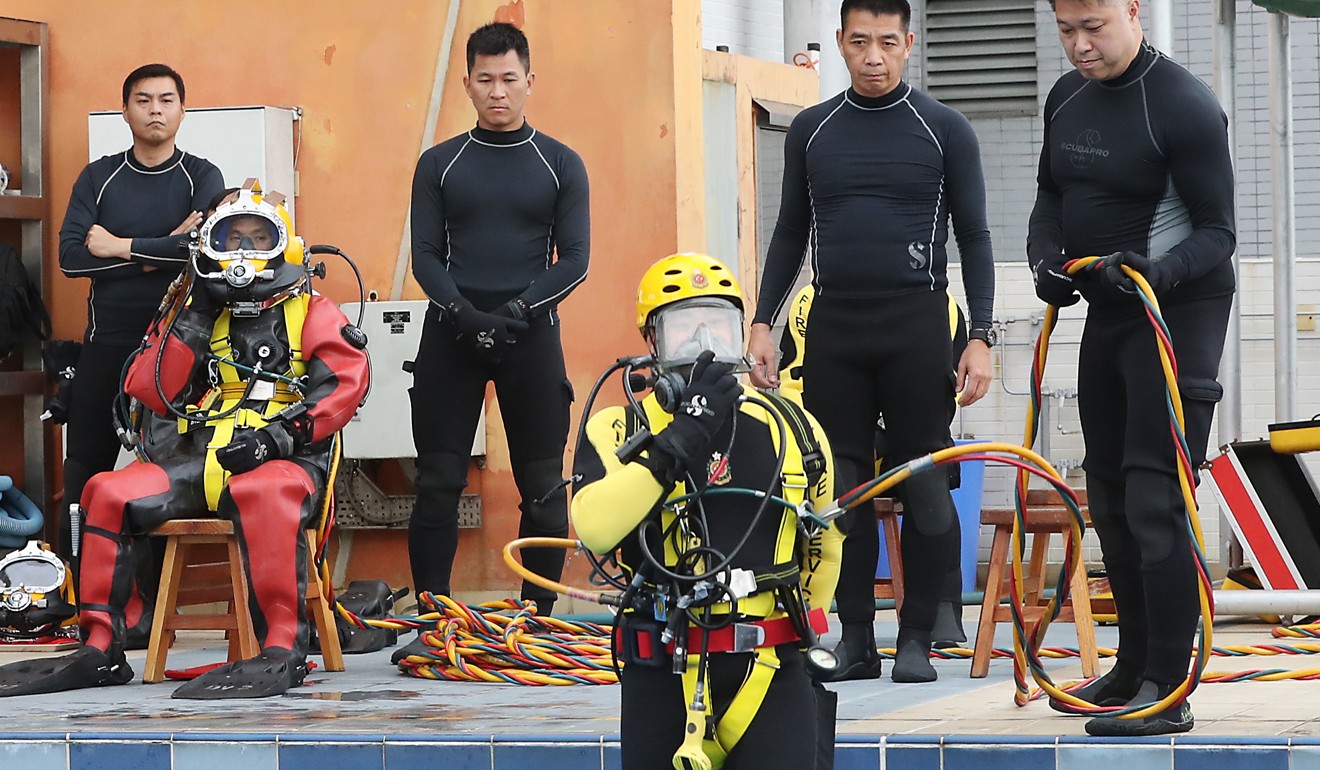
According to the department, there are 81 fire stations across Hong Kong, 39 ambulance depots, six fire boat stations, two sea rescue berths and a diving base – all positioned for the best possible emergency response.
In 2018, 93.8 per cent of urban area fire calls were handled within the pledged six-minute response time, higher than the promised 92.5 per cent. According to a year-end review, the department received 33,463 fire calls in 2018 – a 1.4 per cent drop from 2017.
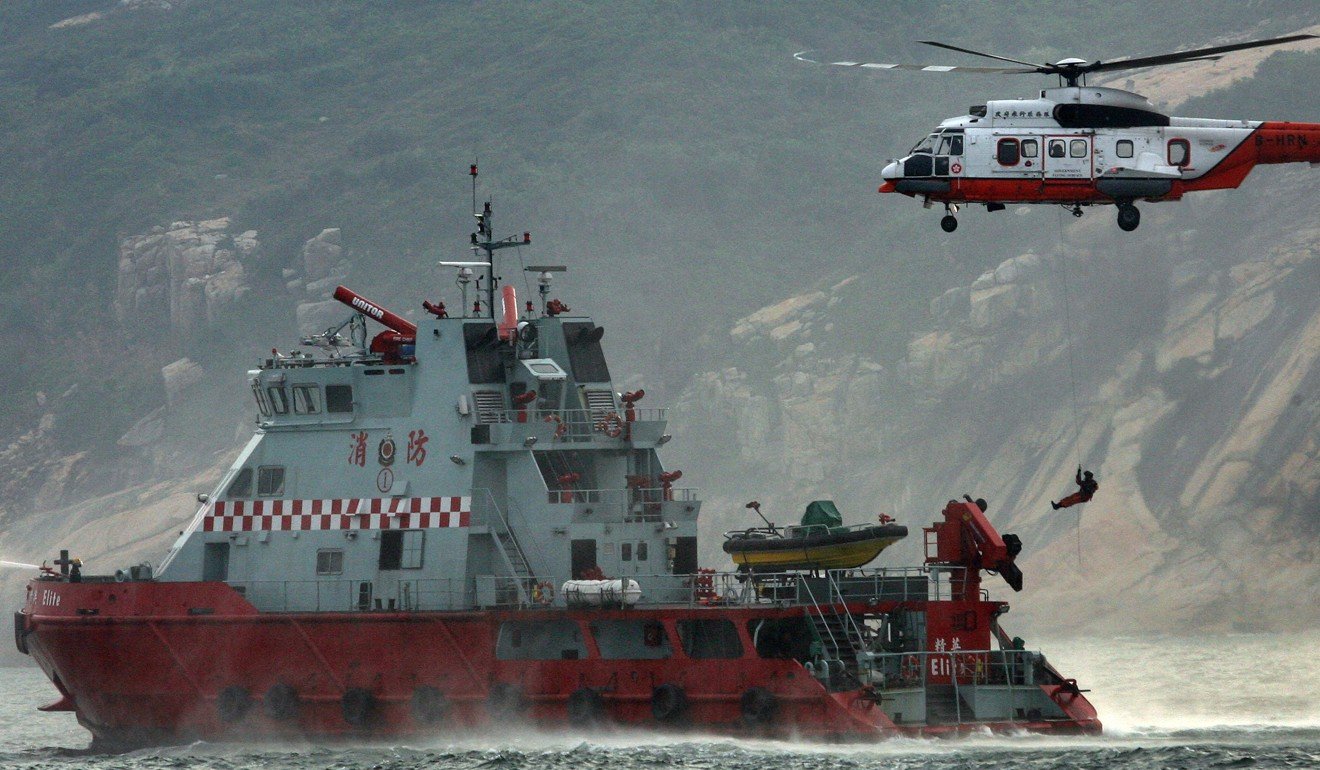
What are some of the department’s symbols?
When Hong Kong returned to Chinese rule in 1997, the department crest was changed to represent the city’s new status. The new symbol removed all traces of British colonialism: St Edward’s crown was replaced by the bauhinia flower, the crowned lions holding a pearl gave way to a pair of fire axes and a burning torch, and the text “Fire Services – Hong Kong” was replaced to represent the new bilingual status of the city under mainland China.
Last year, the department unveiled its new mascot Anyone, a blue character in black shorts, whose odd appearance was ridiculed by online users. In a strange turn of events however, people warmed up to Anyone when rumours spread that it would no longer be used.
As support grew on social media, the department confirmed that Anyone, whose job was to educate the public on first aid, was here to stay.
Firefighters put out early morning third-alarm blaze at old industrial building
The inspiration behind the faceless character was obvious – “Anyone is not a mascot or a spokesperson – you and I are Anyone, who can help out in the community during emergencies,” said Wade Wong Wang-leong, the department’s senior divisional officer on a radio programme at the time.
A video that teaches CPR, which co-stars Anyone and local actress Helena Law Lan, has had more than 250,000 views since it went online in August 2018. Since then, Anyone has also been credited for tripling attendances to first aid courses across the city.
How have Hong Kong’s firefighters been tested through the decades?
Fires in the city are rated on an alarm scale of one to five, with five being the most severe. With its dense mix of buildings and aged structures giving rise to fire hazards, Hong Kong has seen many blazes, some of which have claimed the lives of residents and the brave men and women who were deployed to fight the flames.
Mini-storage fire at industrial building prompts debate on declaring stored goods
2016: Amoycan Industrial Centre
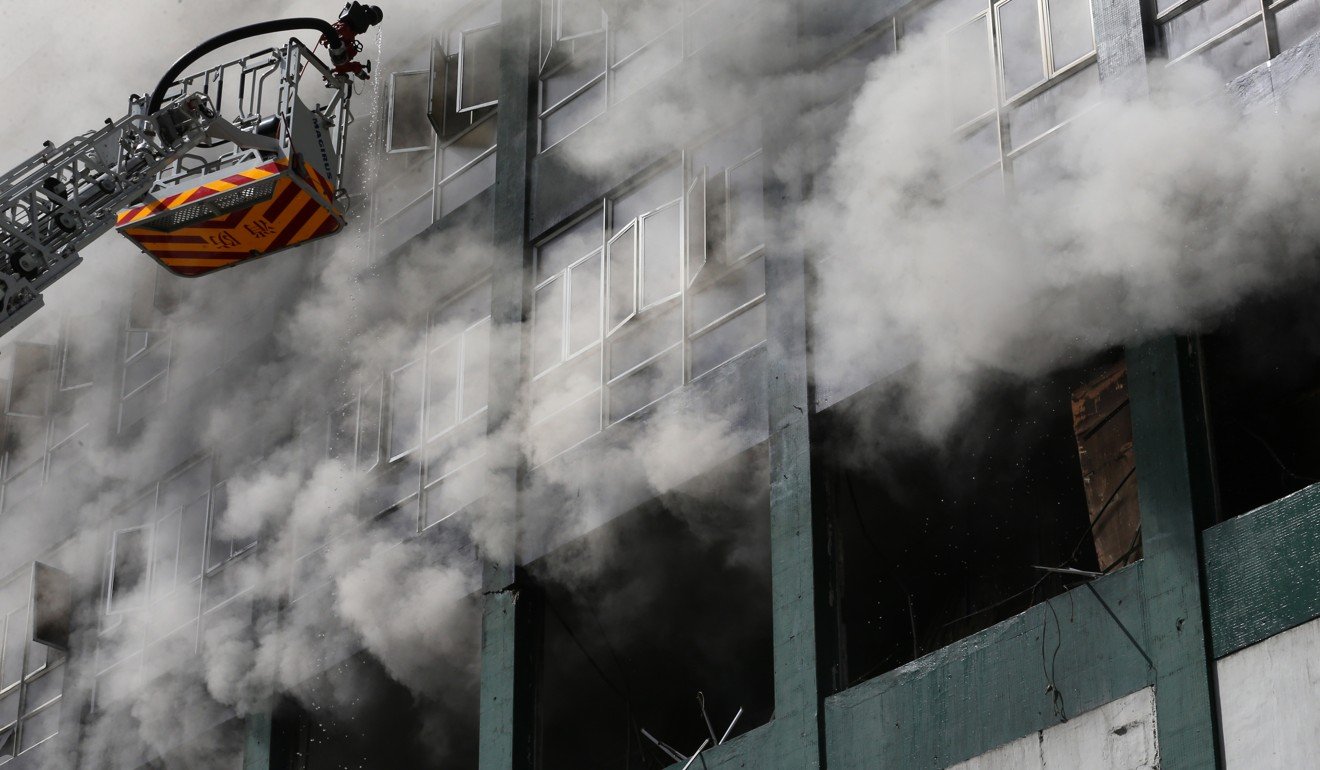
2011: Fa Yuen Street
When a fire broke out on a stretch along the Fa Yuen Street shopping market, nine were killed and 34 injured. The blaze required the efforts of 210 firefighters, with 26 ambulances deployed. More than 100 people were left without homes.
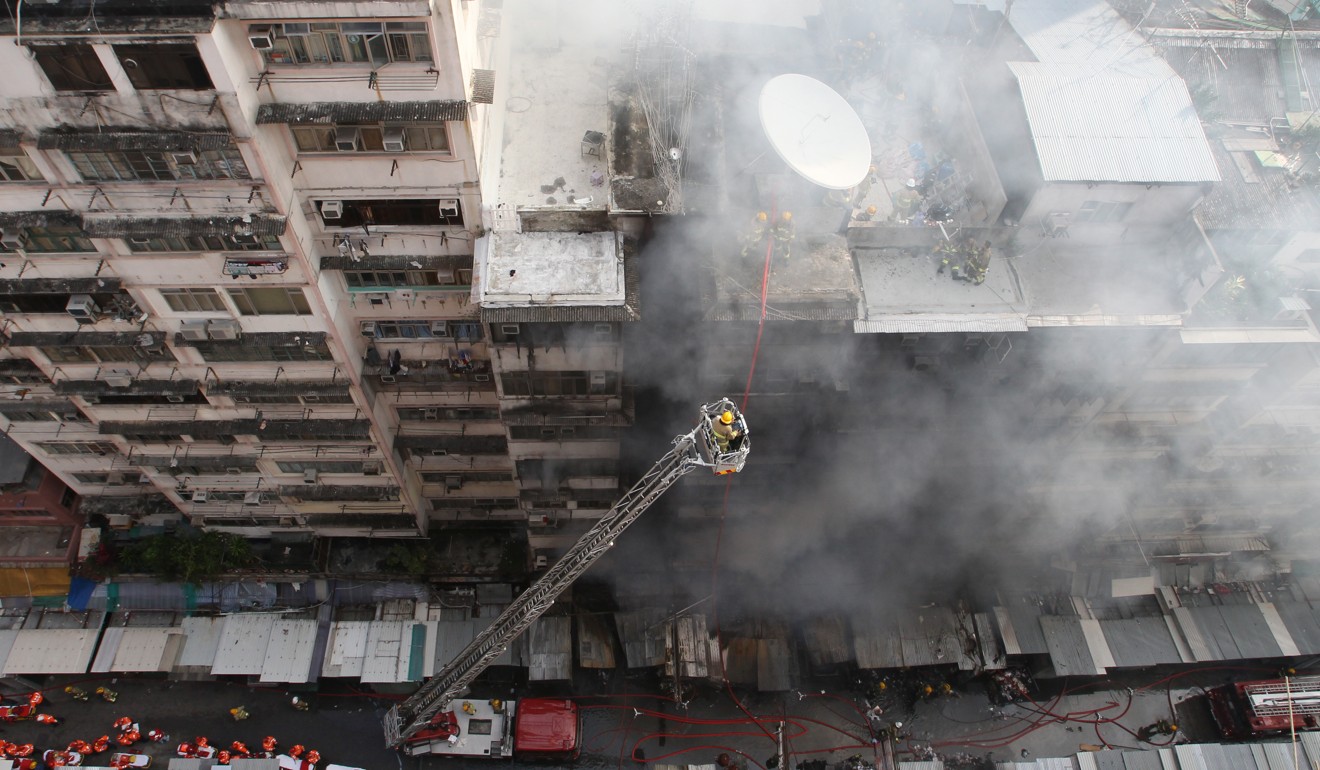
The fire also occurred in the middle of the department’s 48-hour protest against long working hours.
Fire hazards still riddle Fa Yuen Street despite repairs after blaze
2008: Cornwall Court
On August 10, a fire broke out at 9.20am in the nightclub and karaoke bar on the mezzanine floor of Cornwall Court, a commercial-residential complex. The flames soon engulfed the entire building, and the catastrophe was a fifth-alarm by noon.
More than 200 firefighters were sent to the scene. Ultimately, four lives were lost, including two firefighters, and 55 were injured. The complete closure of Nathan Road and the evacuation of nearby buildings were required to quell the flames. Those affected were provided temporary shelter at the Mong Kok Community Centre.
2000: Immigration Tower
In 2000, the tower was the site of a protest by visa overstayers from mainland China, who were demanding right of abode in Hong Kong.
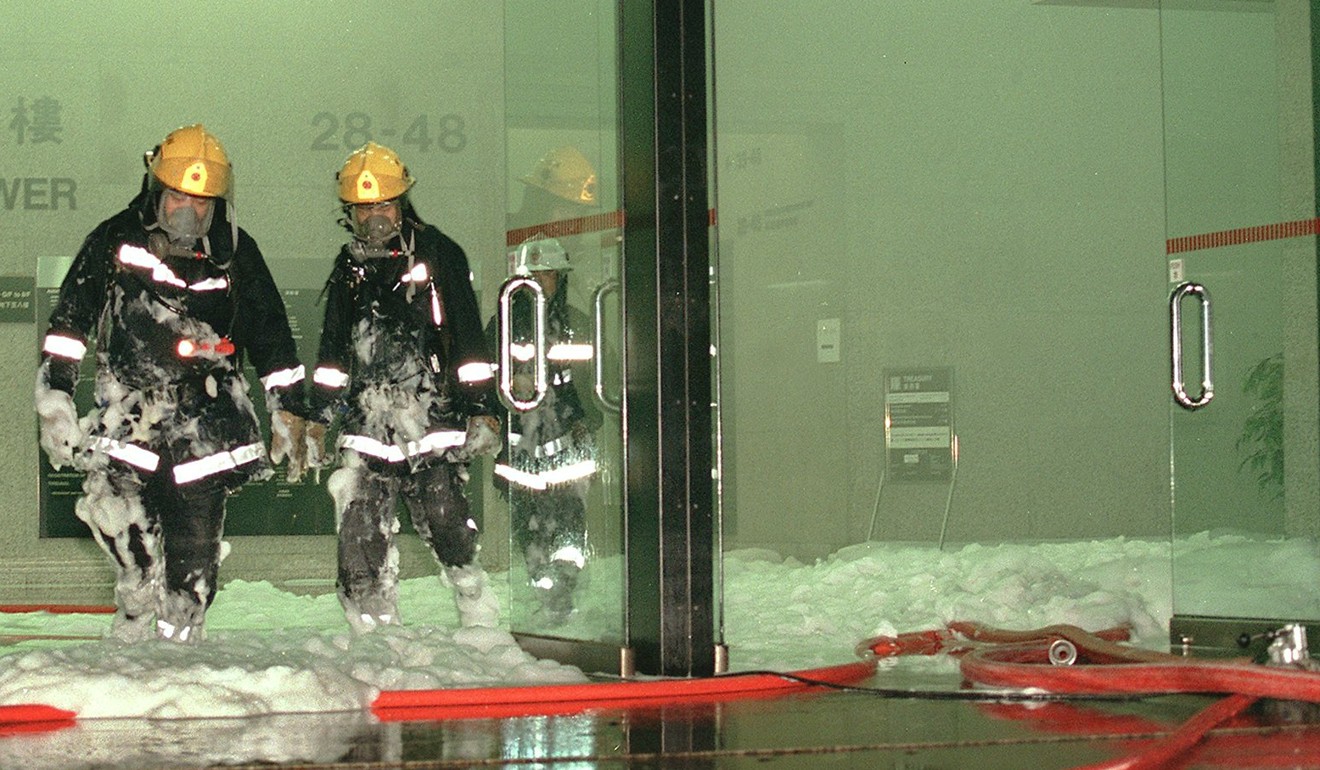
A staff member tried to evict protesters after offices closed on August 2, and in retaliation, the group set thinner ablaze, creating a massive fire on the 13th floor. More than 50 people were injured before sprinkler systems extinguished the flames.
1996: Pat Sin Leng and Garley Building
A Tai Po wildfire on February 10 was recorded as the worst in Hong Kong’s history. Three students and two teachers from the Hong Kong Chinese Women’s Club Fung Yiu King Memorial Secondary School were killed, and 13 students were injured. The group were there as part of an excursion.
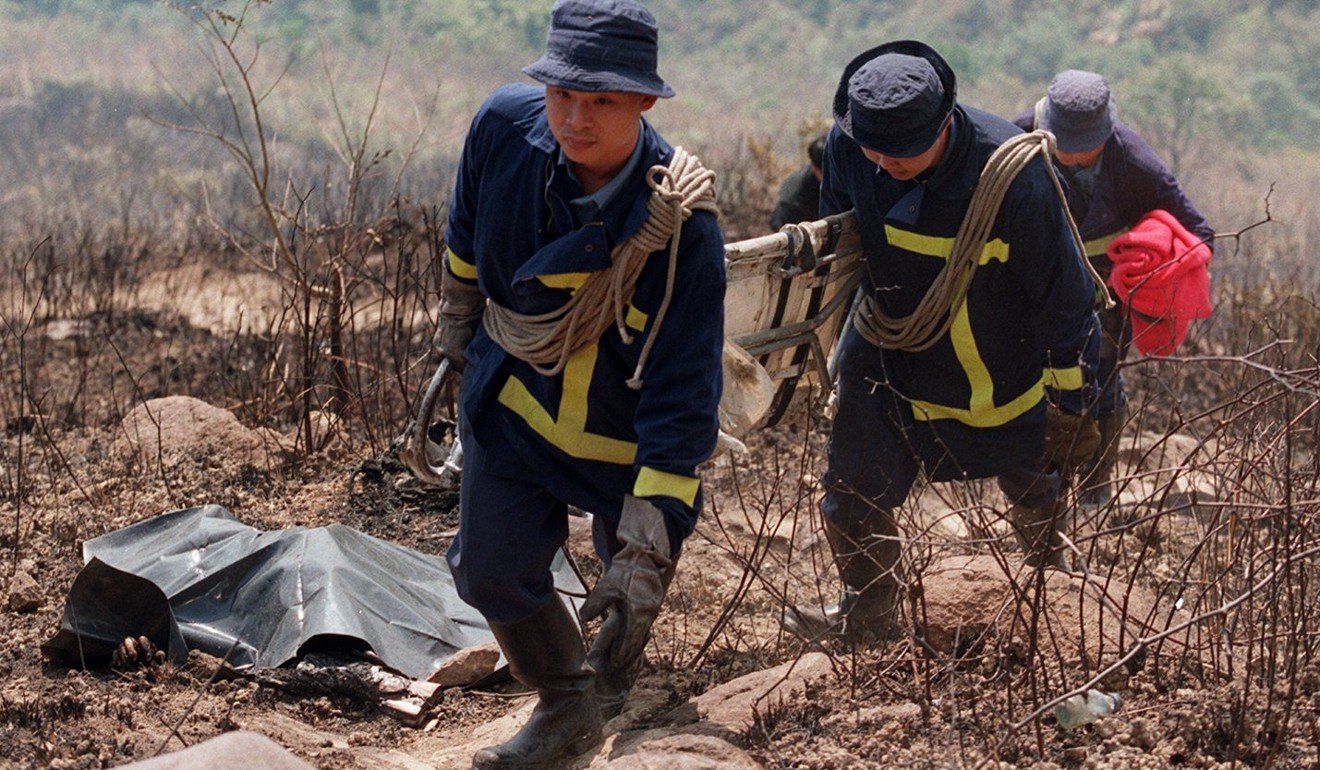
As flames spread, trapping students and teachers in Ma Lau Ai, or Monkey Cliff, more than 200 police officers and firefighters were deployed. The wildfire raged beyond 40 hours, damaging the soil of the area to this day.
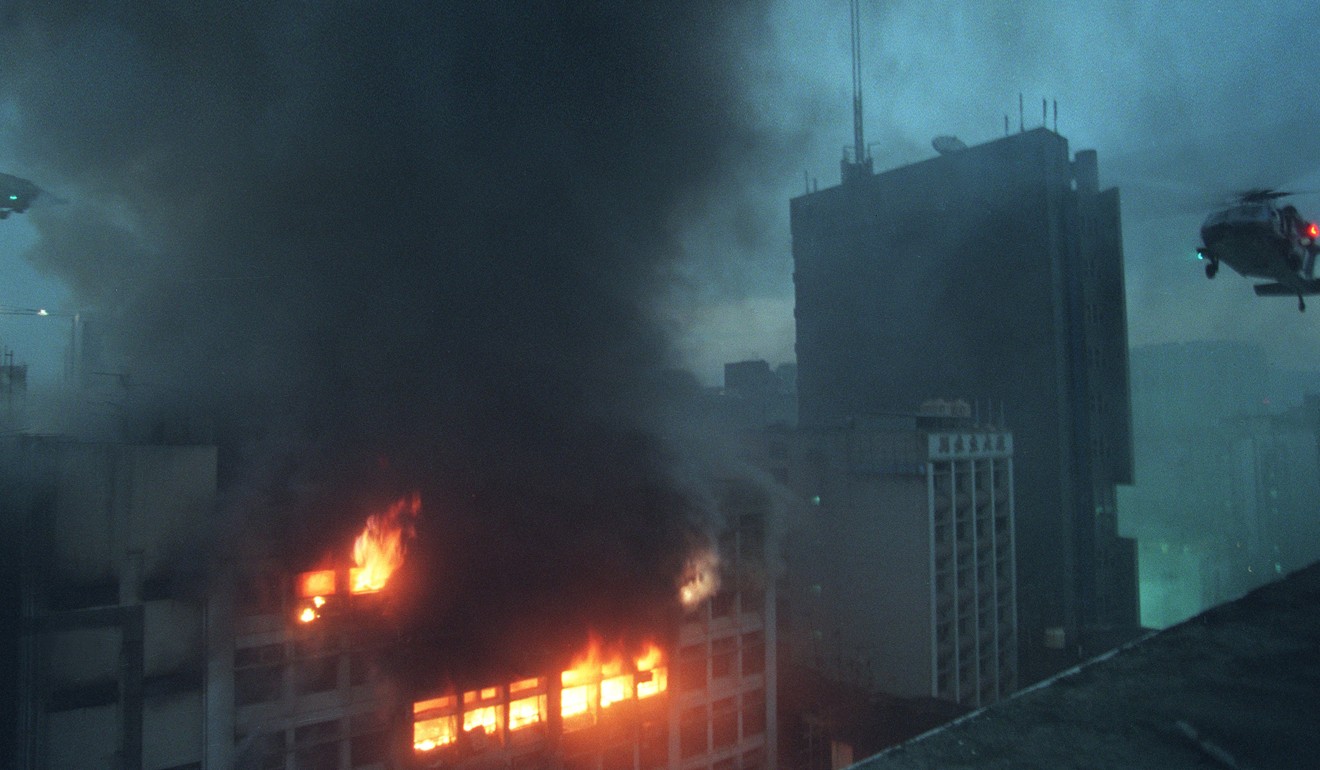
Additionally, in November, an inferno broke out at the Garley commercial building in Jordan. The blaze claimed 41 lives and injured 81. The cause of the fire was later attributed to welding works.
As the building was undergoing renovation, fire-resistant lift doors had been removed at the time, allowing flames to burn for 20 hours.
More than 200 firefighters and 40 fire engines were dispatched, along with a UH-60 Black Hawk helicopter that was later recalled for fear the draught from its blades would further fan the fire.
Ultimately, the Garley Building fire helped to speed up the passing of a bill that updated fire safety standards in the city.
1918: Happy Valley Racecourse
On February 26, the collapse of a temporary grandstand on the annual “Derby Day” caused a fire that killed 614 people. The collapse knocked over food stalls which set ablaze bamboo matting.

Burns from the incident were so severe that many corpses were unrecognisable. As a result, the Race Course Fire Memorial was built in So Kon Po in 1922 to remember those lost.
In 2015, it was declared a city monument by the Antiquities and Monuments Office.

